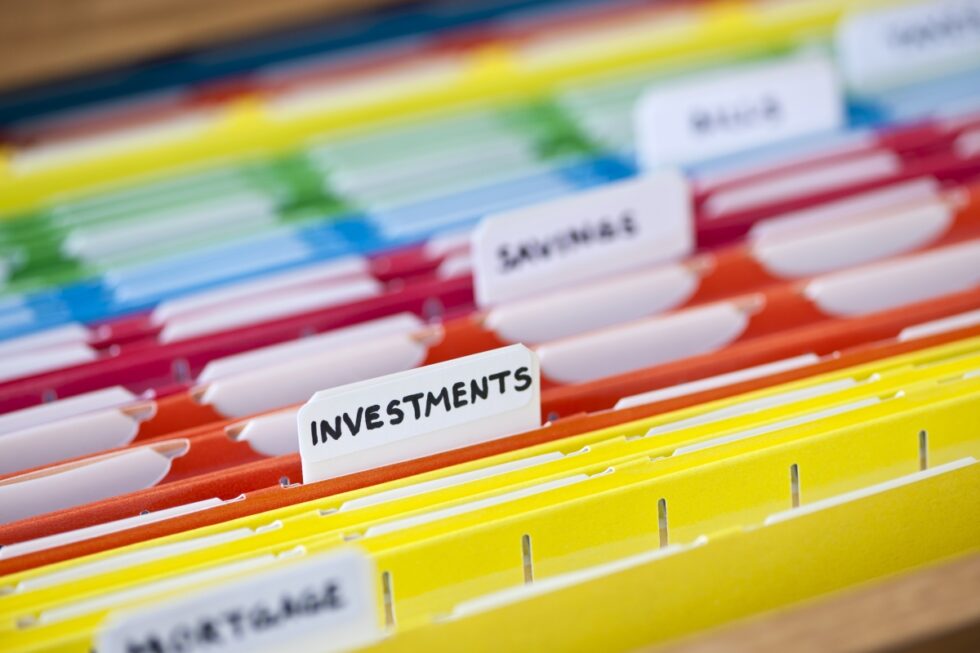5 Professional Tips for Efficient Paperwork Management

Efficient paperwork management is a crucial skill in today's fast-paced world, where information overload can quickly become overwhelming. Whether you're a business professional, a student, or managing your personal life, effective document organization can save time, reduce stress, and increase productivity. In this post, we'll delve into five professional tips that will transform the way you handle your paperwork.
Establish a Systematic Filing System

The foundation of efficient paperwork management lies in having a well-organized filing system. Here are some key steps to set up yours:
- Sort by Category: Group documents into categories relevant to your life or work, like Finance, Health, Education, Work, or Home.
- Sub-Categorize: Within each category, create sub-folders to further organize documents, e.g., under Finance you might have Bills, Tax Documents, and Bank Statements.
- Chronological Order: Within each folder, store documents in chronological order to make retrieval easier.
- Use Color Coding: Assign colors to different categories or types of documents for visual cues, aiding quick identification.
- Keep Digital Records: Digitize your documents through scanning or taking photos to reduce physical clutter and enhance searchability.
Digitize and Automate Your Workflows

In the digital age, leveraging technology can streamline paperwork management:
- Scan Documents: Use a scanner or mobile scanning apps to convert paper documents into digital format.
- Automate Routine Tasks: Use software that can automatically sort and categorize documents based on keywords, tags, or OCR technology.
- Set Up Automatic Backups: Schedule regular backups to ensure you never lose important documents.
- Cloud Storage: Utilize cloud storage solutions like Google Drive, Dropbox, or OneDrive for accessible and secure storage.
📚 Note: Ensure your digital records are backed up regularly to prevent data loss.
Prioritize and Purge

Not every document needs to be kept indefinitely. Here’s how to prioritize and purge:
- Review Documents: Set a schedule to review your documents annually, semiannually, or as needed to identify outdated or unnecessary papers.
- Shred Sensitive Documents: Use a shredder to securely dispose of sensitive documents to protect your personal information.
- Understand Retention Laws: Be aware of legal retention periods for different types of documents to avoid keeping things longer than required.
- Digital Purging: Regularly clean up digital files by removing duplicates, old versions, or no longer needed documents.
Use Time Management Techniques

Efficiently managing paperwork involves more than just organization; it’s also about how you allocate time:
- Time Block: Dedicate specific times during your day or week for paperwork tasks, ensuring consistency.
- The Two-Minute Rule: If a document-related task takes less than two minutes, do it immediately rather than letting it pile up.
- Batch Similar Tasks: Group similar paperwork tasks together to increase efficiency.
- Limit Distractions: Set a focused environment to prevent procrastination and interruptions.
Maintain a Clear Workspace

Your physical and digital environments impact productivity:
- Minimalist Approach: Keep only essential items on your desk. A cluttered space leads to cluttered thoughts.
- Organize Your Desktop: Keep your computer’s desktop clean, using folders to categorize files rather than leaving them loose.
- Designated Areas: Have specific areas for different types of work to streamline your process, like a file cabinet for documents or a digital workspace for electronic files.
- Regular Cleaning: Set a routine to clean both your physical and digital workspace to maintain efficiency.
In summary, mastering paperwork management requires a blend of organization, technology utilization, time management, and maintaining a clear workspace. By implementing these five tips, you can revolutionize how you manage your documents, thereby enhancing your productivity, reducing stress, and ensuring that you always have access to the information you need when you need it. Embrace these strategies, and watch as paperwork transitions from a source of frustration to a well-organized tool in your daily life.
How often should I update my filing system?

+
It’s recommended to review and update your filing system at least once every six months to ensure it remains relevant and efficient.
Can I go completely paperless in my work environment?

+
Yes, many organizations have successfully transitioned to a paperless environment with the use of document management systems and robust digital security measures.
What should I do with old documents that are still legally required to be kept?

+
Store them in a secure, off-site location or digitize them, ensuring they are easily accessible when needed.



